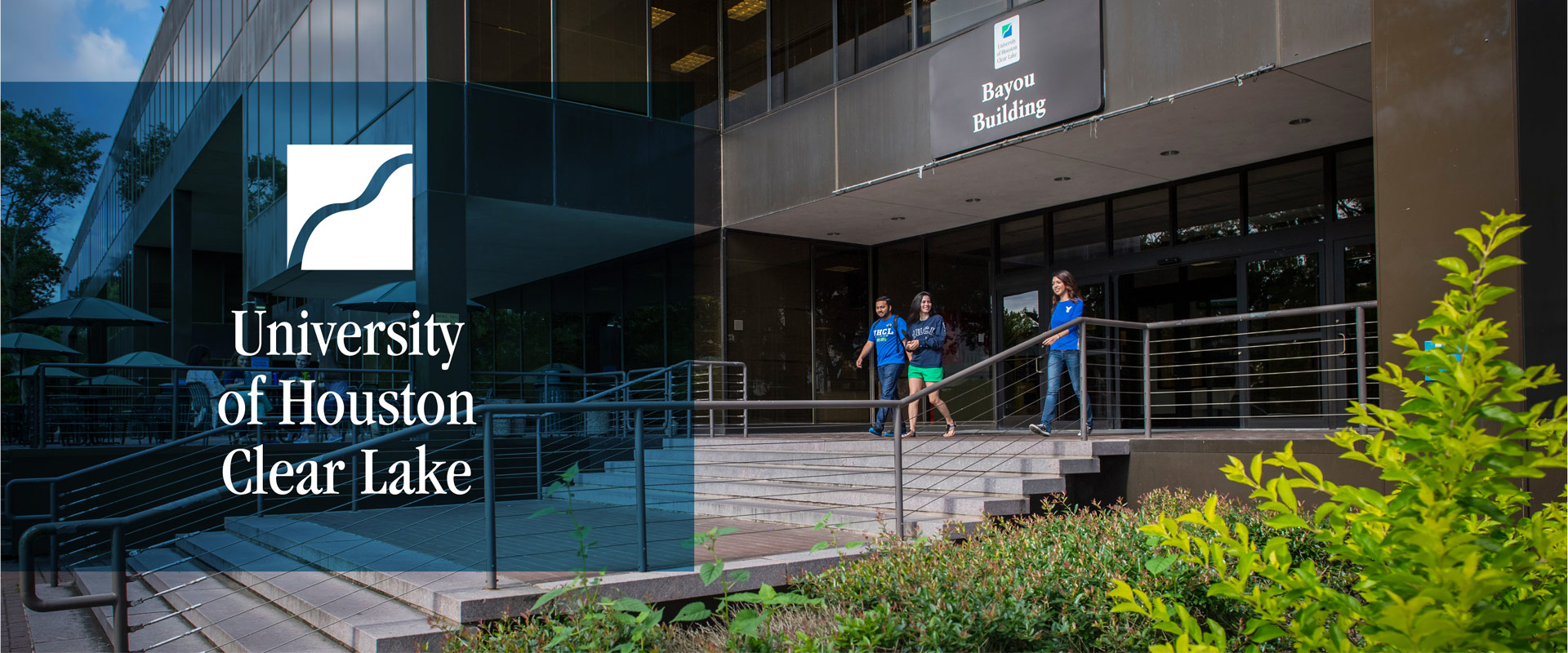- Future Students
- How to Apply
- Visit UHCL
- Admitted Students
- Tuition, Costs and Aid
- Degrees and Programs
- Contact Admissions
- Current Students
- Class Schedule
- Academic Calendar
- Advising
- Events
- Library
- Academic Resources and Support
- Student Services and Resources
- Alumni
- Lifetime Membership
- Alumni Events
- Update Your information
- Awards and Recognitions
- Give to UHCL
UHCL faculty research briefs
August 24, 2017 | Jim Townsend

Tackling processing efficiency for space station dynamic simulation
Two University of Houston-Clear Lake professors’ computer simulations of the International Space Station’s robot arm might help improve the efficiency of future simulations of robotic systems aboard spacecraft and planet-exploring vehicles.
Assistant Professor of Computer Engineering Luong A. Nguyen, Professor of Computer Engineering Thomas L. Harman along with Elihu Deneke, a master’s of engineering graduate from Texas A&M Prairie View, are authors of “Multithreading/Multiprocessing Simulation of The International Space Station Multibody System Using a Divide and Conquer Dynamics Formulation with Flexible Bodies.”
While it may look easy when watching videos of the International Space Station’s robot arm grappling a spacecraft and docking it, elbowing a new module into place and deftly floating an astronaut into position for outside repairs, the computational instructions to program such fluid and precise movements – especially in microgravity – is far more complex.
In May, Nguyen presented the research in Paris at the 19th International Conference on Autonomous Robots and Agents, part of the World Academy of Science, Engineering and Technology.
The research investigated whether the ISS robot arm simulation would operate more efficiently if it distributed the computing tasks by multiprocessing. Multiprocessing takes a program’s instructions and divides subroutines among multiple processors. Once processed, the subroutines are interleaved, allowing for faster execution of the program. But before it can be proven to work in a machine, a mathematical proof is required.
In order to simulate the flexible dynamics of the robot arm, the authors created an extension to a “divide-and-conquer” algorithm, a math equation which breaks down a complex problem into sub-problems to be more easily solved. The solutions to the sub-problems are combined to solve the original problem.
The authors ran simulations of two types of robot arms – one having nearly four times the maneuverable parts than the other. In both simulations, they found that program took longer to run when it was divided among multiprocessors, rather than the single-processor method now in deployment. Nevertheless, the differences were in seconds. They found that the divide-and-conquer method gained more time advantage with the more complex robot arm.
The research suggested further study, and possibly looking into reformulating the equations of motion. “For the future spacecraft simulations potentially having larger numbers of [programmable parts], multiple manipulator arms, the [divide-and-conquer algorithm] dynamics formulation and multiprocessor implementation is expected to become the more time-efficient method,” the authors said.
The more robotic the space station becomes, the more computing power will be required to simulate its dynamics. It’s an issue that NASA needs to solve to meet the ever growing demand of its spacecraft robotic simulators.
‘Can I trust my co-worker?’ Prison guard attitudes
Fatigue, low wages, low morale, high turnover and the inherent dangers of the job can lead to mistrust between correctional officers, the U.S. Department of Justice reported in July. The findings echo research published earlier this year by University of Houston-Clear Lake Assistant Professor of Criminology Henda Hsu and two co-authors, based on a study of prison guards’ attitudes in the Texas Department of Criminal Justice.
Hsu and co-authors Robert and Vidisha Worley found that the more stress correctional officers experienced, the more likely they perceived their co-workers were capable of conduct offenses, such as inappropriate relationships with inmates. They cite examples of national news stories about correctional employees who helped prisoners escape or had sexual relations with inmates.
The Hsu-Worley research, “Can I Trust My Co-worker? Examining Correctional Officers’ Perceptions of Staff-Inmates Inappropriate Relationships within a Southern Penitentiary System,” was published in the 2017 edition of the scholarly journal, Deviant Behavior. The Worleys are associate professors of criminal justice at Lamar University in Beaumont.
The research was based on questionnaires administered to 501 correctional officers in the Texas Department of Criminal Justice. Surveys were administered at mandatory in-service trainings, which caught a wide cross-section of state-employed officers.
The questions focused on officers’ perceptions of boundary violations committed by co-workers. The study suggests a correlation between job-stressors and the perception that “some co-workers have inappropriate relationships with inmates.”
“Younger officers were more likely than their older counterparts to perceive their co-workers engaged in boundary violations,” the researchers wrote. “Also, respondents who considered their jobs to be dangerous or were stressed out due to work-related issues were more likely to regard their workplace to be unsafe and distrust their colleagues and felt that they were engaging in inappropriate behaviors with inmates.”
Respondents worked at 13 different male prisons in Texas.






